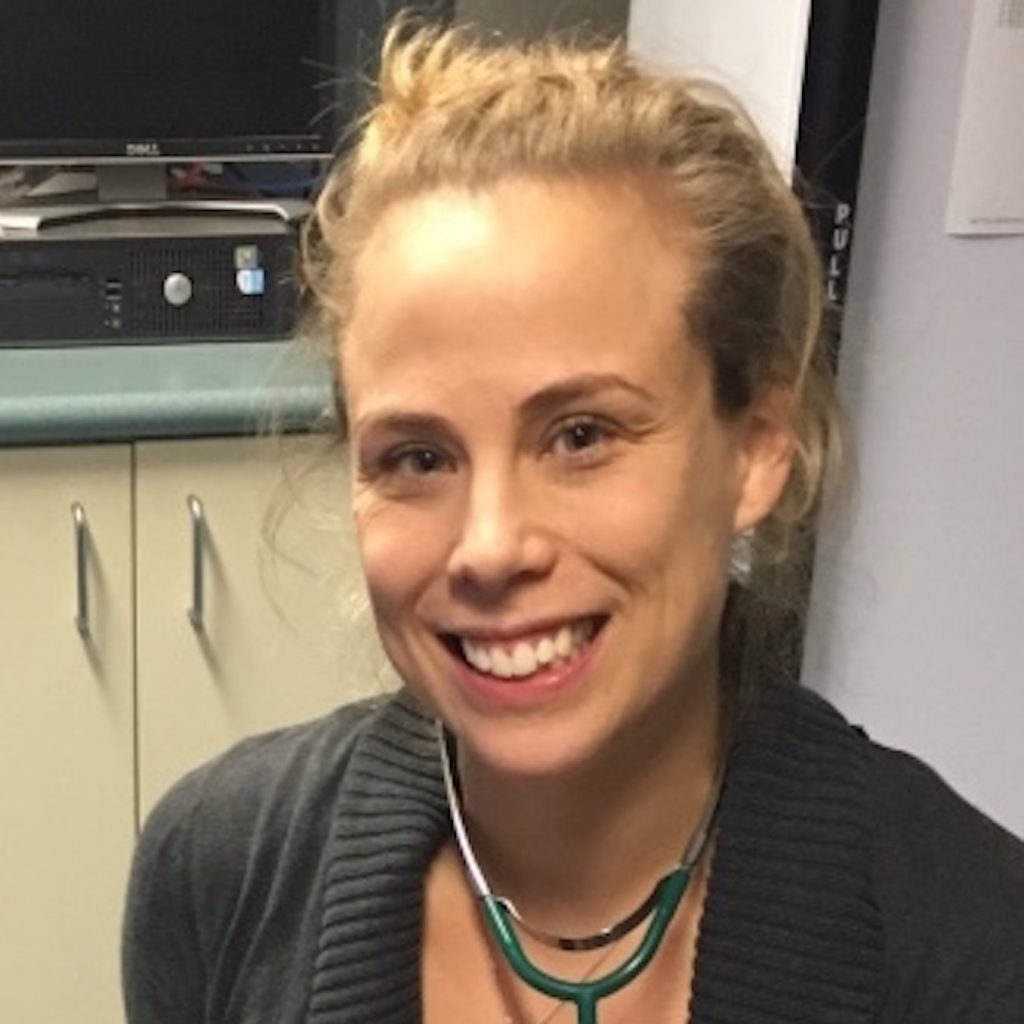Innovative drug combination could prevent heart failure from ‘stiff heart’
Fatigue, fluid retention, shortness of breath – more than 100,000 Australian adults experienced the tell-tale signs of heart failure in 2017-18 alone. And for many, there’s no current effective treatment.

Dr Clare Arnott, Royal Prince Alfred Hospital cardiologist and George Institute for Global Health senior research fellow, hopes to change this. She’s leading a clinical trial to see if diabetes drugs, taken together, can help improve health outcomes and quality of life.
Heart failure happens when the heart can’t shuttle enough blood around the body. Sometimes it’s a pumping problem; the heart muscle doesn’t contract correctly. There are many treatments for this, Arnott says.
But most of the time, the heart can pump blood just fine – it’s the filling up aspect that’s dysfunctional. When heart muscle “stiffens”, it can’t relax and fill as much. This means each heart contraction pushes out less blood, because there’s less volume in the tank to start with, so to speak.
“That’s what we call heart failure with preserved ejection fraction – HFpEF for short,” Arnott says. “HFpEF patients have poor quality of life and recurrent hospitalisations, and we have no therapies.”
Considering that two major risk factors for HFpEF are age and obesity, both of which are increasing in the Australian population, finding an effective treatment soon is critical.
A powerful drug duo
A class of cardiovascular drugs called sodium-glucose cotransporter-2 or SGLT2 inhibitors may help. Originally developed to lower blood glucose in people with diabetes, they have a striking cardiovascular effect: they reduce hospitalisation for heart failure by around 30%, Arnott says. “But what was clear to us at the George Institute was that SGLT2 inhibitors are unlikely to be the answer alone. So what other things contribute to HFpEF?”
When Arnott and her colleagues examined patient cohorts, they noticed around 80% of patients were overweight or obese. And that’s where a second class of diabetes drugs – glucagon-like peptide-1 or GLP1 receptor agonists – come into play.
GLP1 receptor agonists slightly reduce heart failure hospitalisation in people with diabetes too, but also trigger weight loss of around 3 to 5 kilograms in a year.
“HFpEF is highly related to obesity and poor cardiac mechanics. We started thinking, could this drug combination have a synergistic benefit?” Arnott says. “They both reduce hospitalisation for heart failure and we could also leverage quite a bit of weight loss.”
Indeed, preliminary data is positive. Arnott analysed health information, such as weight loss and blood pressure, from participants in a SGLT2 inhibitor study called CANVAS, run by the George Institute. Some participants also happened to take a GLP1 receptor agonist.
In a paper recently accepted for publication, she found the combination generated benefits above and beyond either drug on its own.

Taking the research further
The clinical trial, where the drug combination will be tested, is still in its early stages. Arnott, who received a NSW Cardiovascular Early-Mid Career Researcher Grant this year, has collaborators overseas and will recruit patients in Australia, the US and Singapore. The COVID-19 pandemic has, unfortunately, slowed the process somewhat.
Still, Arnott says local colleagues were vital in getting the trial off the ground. “I think we underestimate the expertise in NSW,” she says. “There are world-leading researchers here. There’s so much value in being exposed to that level of knowledge about running international clinical trials.
“We have a great set-up in NSW with respect to large teaching hospitals. They want to be innovative, be at the forefront of research and improve patient care. It’s an incredibly supportive environment.”
Clinical work and health equality also fuel Arnott’s passion for research. Women are more likely to develop HFpEF than men, and she sees plenty in her role running the Women’s Heart Clinic at Royal Prince Alfred Hospital.
“I’m inspired by my patients,” Arnott says. “I want to find answers for them.”
Updated 4 years ago